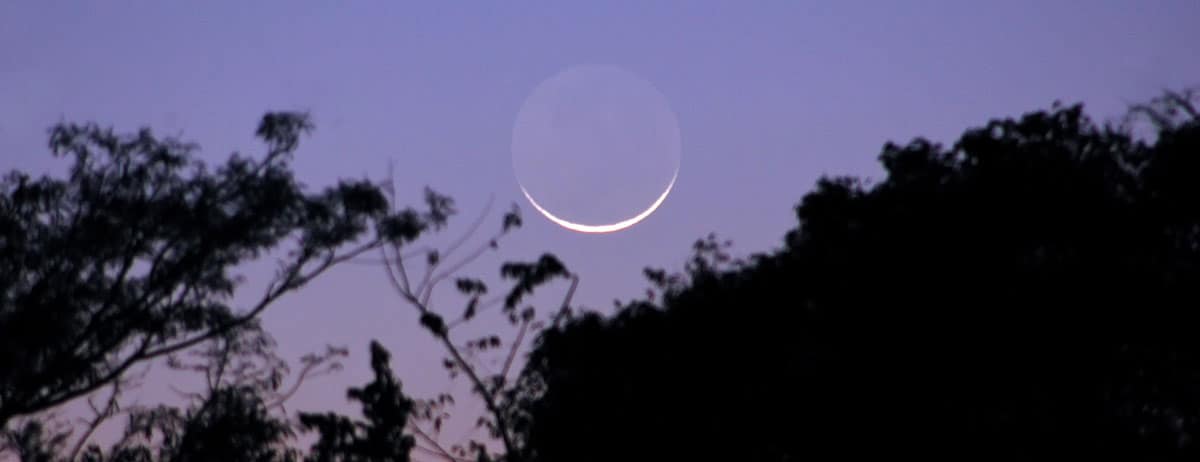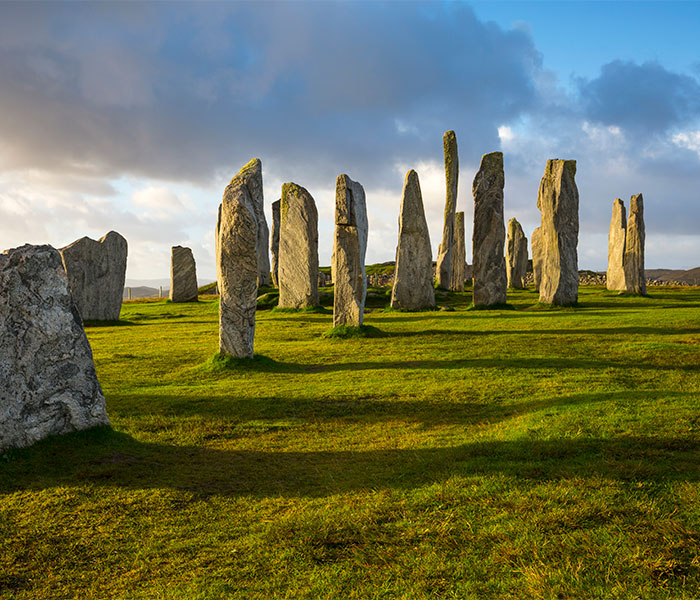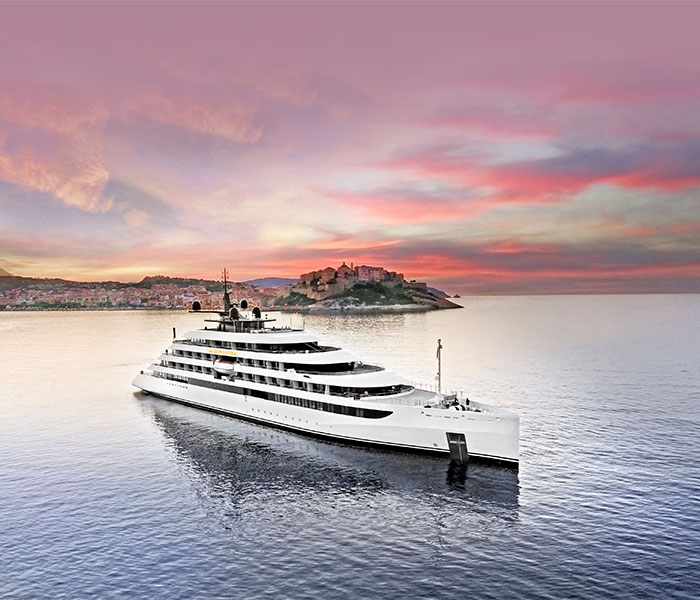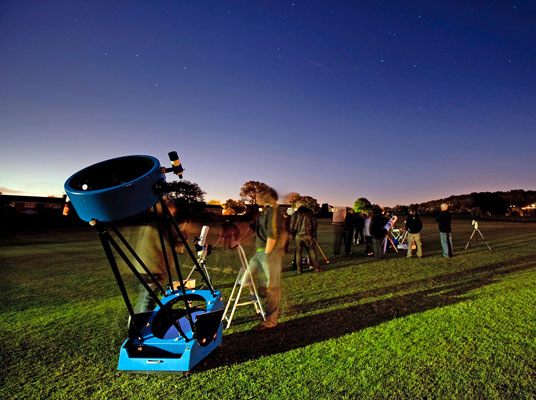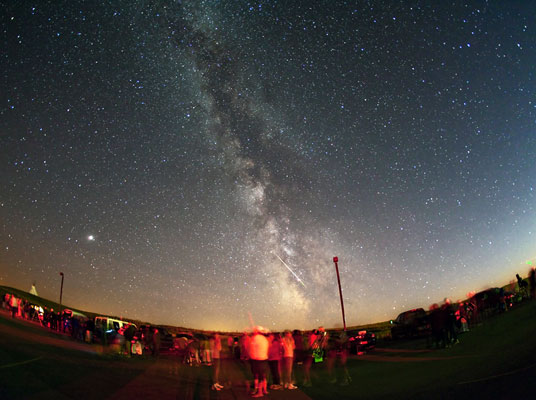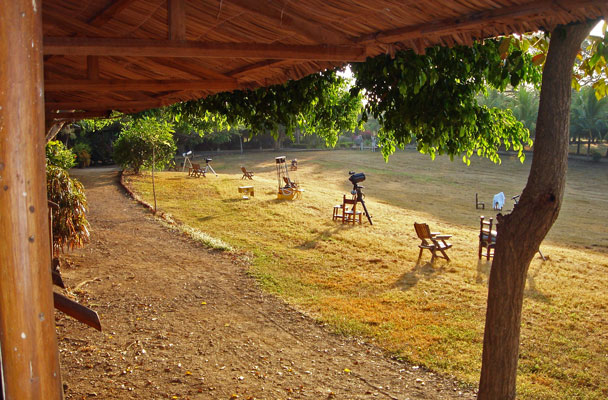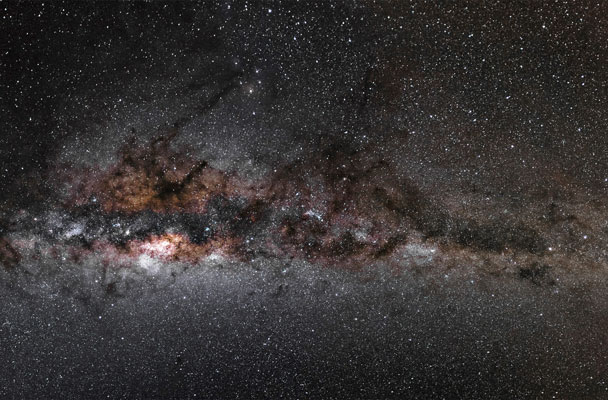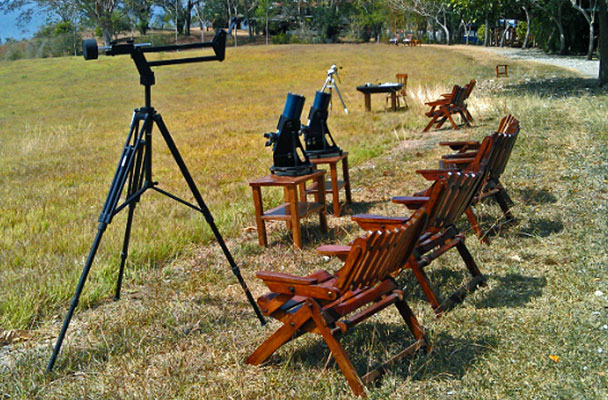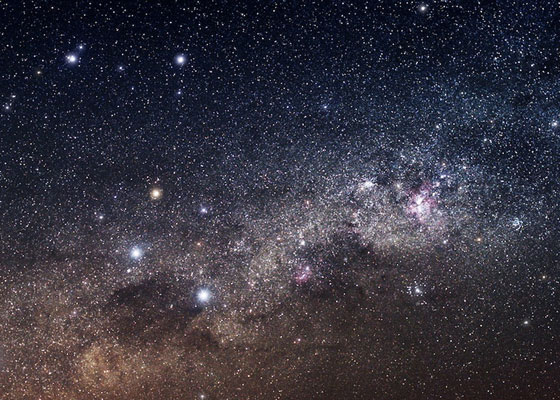TravelQuest’s Star Party
TravelQuest has journeyed to Costa Rica every winter for nearly 20 years. Why Costa Rica for our star party? It’s ideally located for views of the splendid southern sections of our Milky Way galaxy. Some of the brightest, largest, and most dazzling clusters, nebulas, and galaxies are visible in the southern sky. If you live in the Northern Hemisphere, traveling southward to see the celestial spectacle for yourself is well worth the journey.
At a latitude of 10° North, our wonderfully dark Costa Rican viewing site is 10° farther south than the Big Island of Hawaii, and 15° farther south than the Florida Keys. Many astronomical highlights that hug the horizon in these popular stargazing locales are 10° to 15° higher in Costa Rica’s southern sky. As a bonus for North Americans, the country is on Central Time and is only a 2.5-hour flight from Miami.
Our Costa Rica Star Lodge provides a welcome retreat amidst breathtaking natural beauty. This is an “unplugged” experience: no guest telephones, no TVs, no in-room Internet connections. To further reduce our footprint, there’s also no air conditioning, but most guest rooms have screened windows on three sides, so you can enjoy the evening breezes—and there are ceiling and floor fans if you need them. Your room also includes red lights to keep your eyes adjusted to the dark before you head out to view the sky. The lodge’s manicured lawn has open southern vistas, offering a perfect site for setting up telescopes and other equipment.
The open-air restaurant and lounge, which overlooks the tree-lined grounds and the sparkling bay beyond, are popular meeting places throughout the day and evening. The chefs present meals made with fresh ingredients including fish and meat, locally grown produce, and tropical fruits. Throughout the night, you can count on regular cups of expertly-brewed coffee—Costa Rica’s most famous export.
If you have binoculars, bring them. Costa Rica is a birder’s paradise. Those binoculars will serve you well for stargazing. No need to bring a telescope (though you’re welcome to do so), because you can observe the heavens through the 30mm eyepiece of our Explore Scientific 16-inch Truss-Tube Dobsonian telescope. Our trip astronomer kicks off our first evening of viewing with a tour of the southern sky, pointing out the most impressive sights visible in binoculars and small telescopes. He also helps with astrophotography and is always around to answer your observing questions.
Costa Rica is more than stargazing. Our naturalist guides will show you the best of the country’s diverse ecosystems—from primeval rainforests to mangrove-lined waterways along the Pacific coast. Spot monkeys and sloths in the forest canopy, crocodiles and exotic frogs in the wetlands, and myriad species of jungle and water birds soaring overhead. Our Costa Rica star party will reveal a paradise of biodiversity and spectacular natural beauty, as well as a magnificent night sky.


